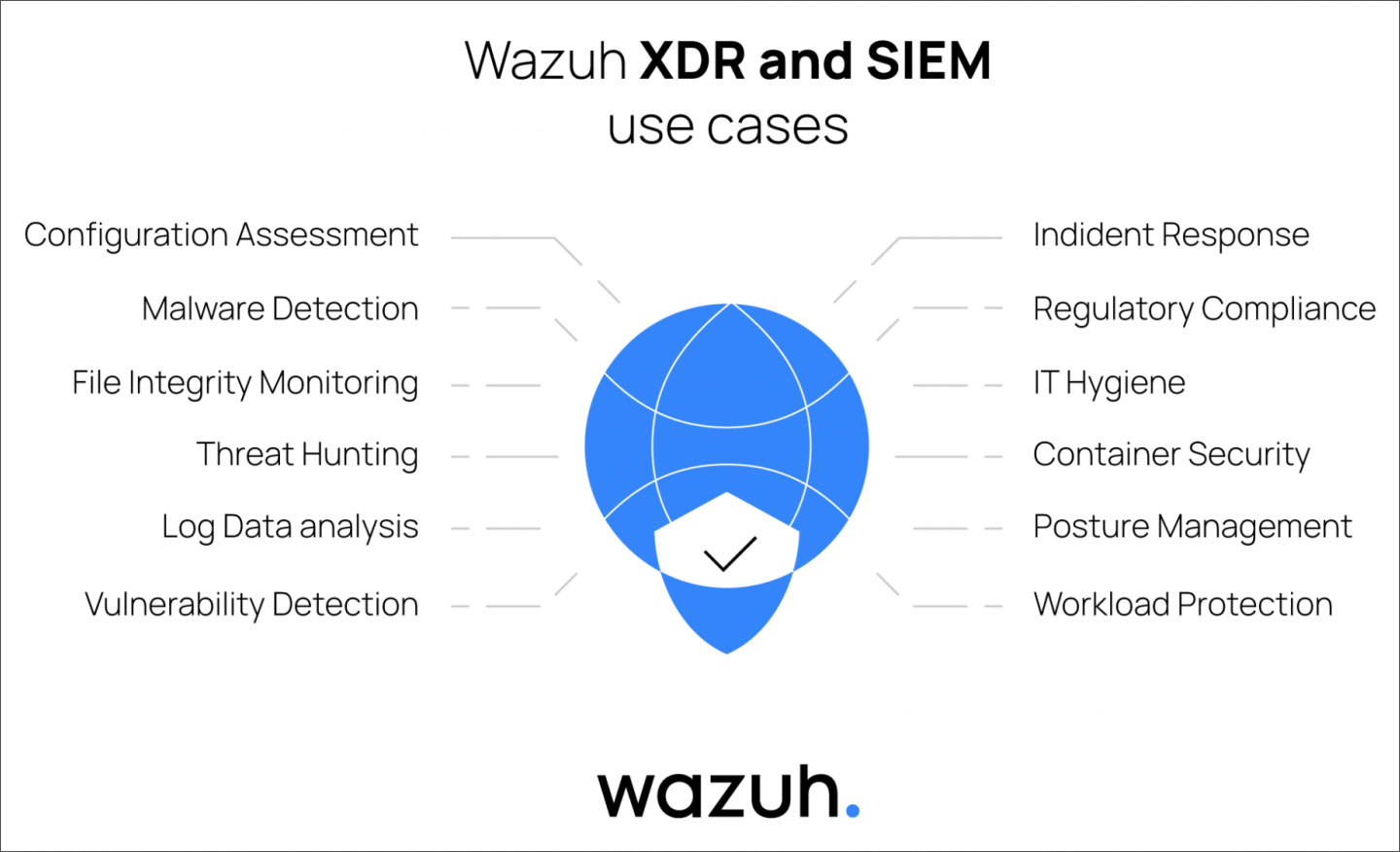
Cybersecurity architecture refers to the design and framework governing an organization's approach to securing information systems. It outlines the components, policies, technologies, and processes to protect digital assets.
The primary objective of a cybersecurity architecture is to establish a robust, resilient, and well-integrated defense against a wide range of cyber threats.
Building a cybersecurity architecture often requires organizations to integrate various security solutions and tools to provide multi-layer security in an ever-changing threat landscape. However, the cost associated with implementing some proprietary security solutions can be daunting, particularly for small and medium enterprises (SMEs).
Leveraging open source solutions and tools to build a cybersecurity architecture offers organizations several benefits, such as cost-effectiveness, flexibility, community support, and transparency.
Leveraging open source security solutions in building a robust cybersecurity architecture

Open Source Software (OSS) refers to software distributed with its source code available for use and modification while retaining its original rights. It is shared openly, enabling anyone to access the repository for independent code use or to contribute to the project's design and functionality.
Building a cybersecurity architecture requires implementing policies, processes, controls, and technology, with technology playing a vital role. Various security tools are essential components to securing digital assets within the key areas of a comprehensive security architecture.
Organizations can leverage available open source security software to implement their cybersecurity architecture. OSS provides organizations with a cost-effective means of realizing their cybersecurity design objective.
The role of Wazuh

Wazuh is a free and open source security solution that offers unified XDR and SIEM protection across several platforms. Wazuh protects workloads across virtualized, on-premises, cloud-based, and containerized environments to provide organizations with an effective approach to cybersecurity.
By collecting data from multiple sources and correlating it in real-time, it offers a broader view of an organization's security posture.

Wazuh plays a significant role in implementing a cyber security architecture, providing a platform for security information and event management, active response, compliance monitoring, and more. It provides flexibility and interoperability, enabling organizations to deploy Wazuh agents across diverse operating systems.
Wazuh is equipped with a File Integrity Monitoring (FIM) module that helps detect file changes on monitored endpoints.
It takes this a step further by combining the FIM module with threat detection rules and threat intelligence sources to detect malicious files allowing security analysts to stay ahead of the threat curve.
Wazuh also provides out-of-the-box support for compliance frameworks like PCI DSS, HIPAA, GDPR, NIST SP 800-53, and TSC. Wazuh helps implement compliance requirements for regulatory compliance support and visibility by detecting system errors, security misconfigurations, and policy violations.
Wazuh enhances raw data gathered from diverse security tools by incorporating contextual information. Wazuh XDR and SIEM can receive syslog messages from security solutions ensuring seamless integration and coverage across your entire security architecture.
This capability empowers security analysts to gain a deeper understanding of the nature and severity of threats, providing a comprehensive view of events occurring within the IT infrastructure.
Wazuh allows for real-time detection and response, also providing security analysts the flexibility to define how they respond to certain events. With the Wazuh active response module, countermeasures can be deployed when events match specific criteria automatically.
This ensures that high-priority incidents are addressed and remediated in a timely and consistent manner.
The article Wazuh - The free and open source XDR platform highlights how organizations can take advantage of the open nature of Wazuh to freely use and customize based on their security needs.
Conclusion
Open source security tools play a crucial role in the cybersecurity industry. It creates a collaborative environment and helps accelerate development while providing organizations with affordable means of implementing their cybersecurity architecture.
Wazuh offers flexibility and interoperability with a diverse range of security tools. This allows security engineers to create an efficient and effective cybersecurity infrastructure that can adapt to an evolving threat landscape.
Wazuh is a free and open sorce security solution, has over 20 million annual downloads and extensively supports users through a constantly growing open source community. The Wazuh SIEM and XDR is designed to provide security analysts with features required to detect, prevent, and respond to threats as they occur.
For more information, check out the Wazuh documentation to learn about the various capabilities Wazuh offers.
Sponsored and written by Wazuh.


Post a Comment Community Rules
You need to login in order to post a comment
Not a member yet? Register Now